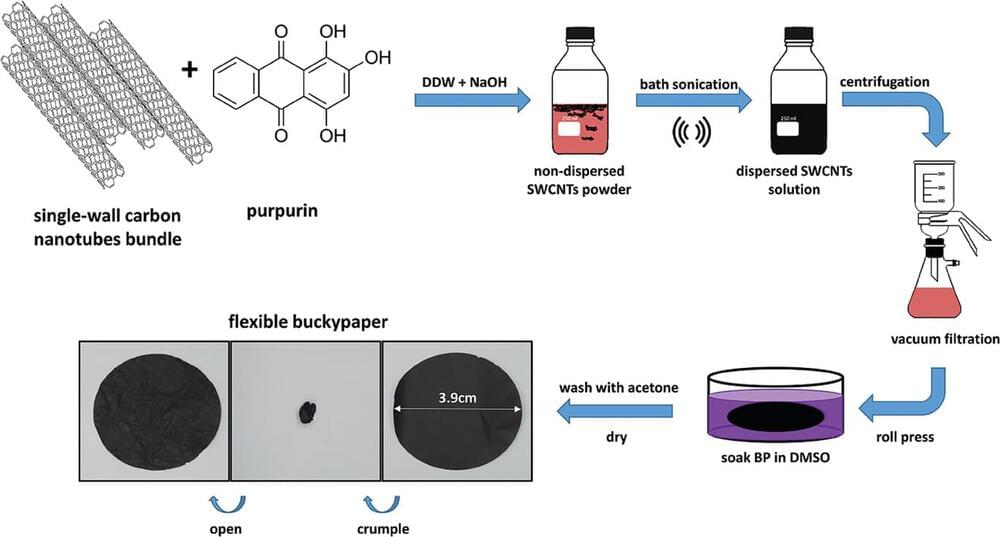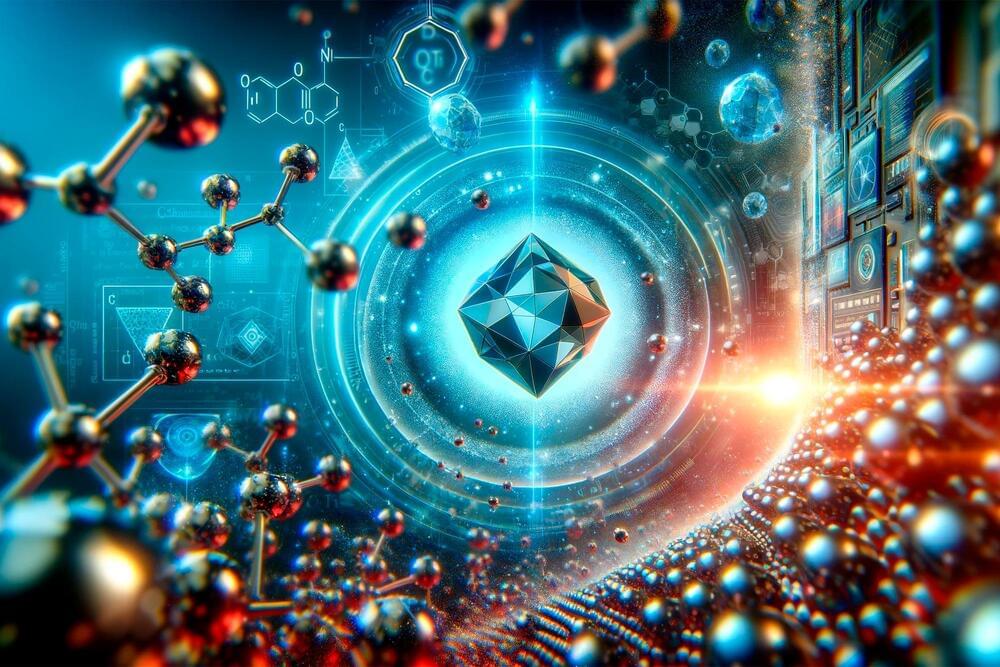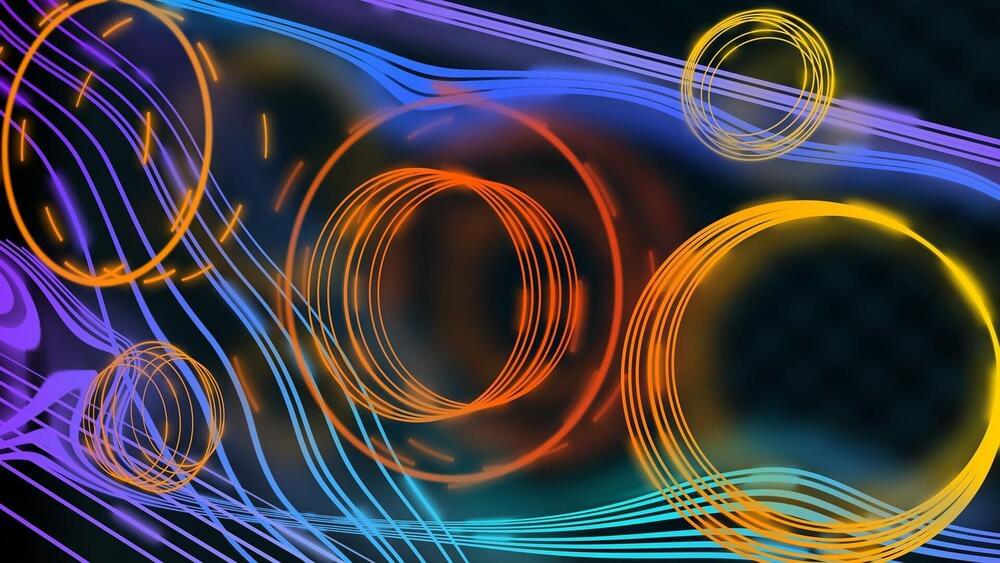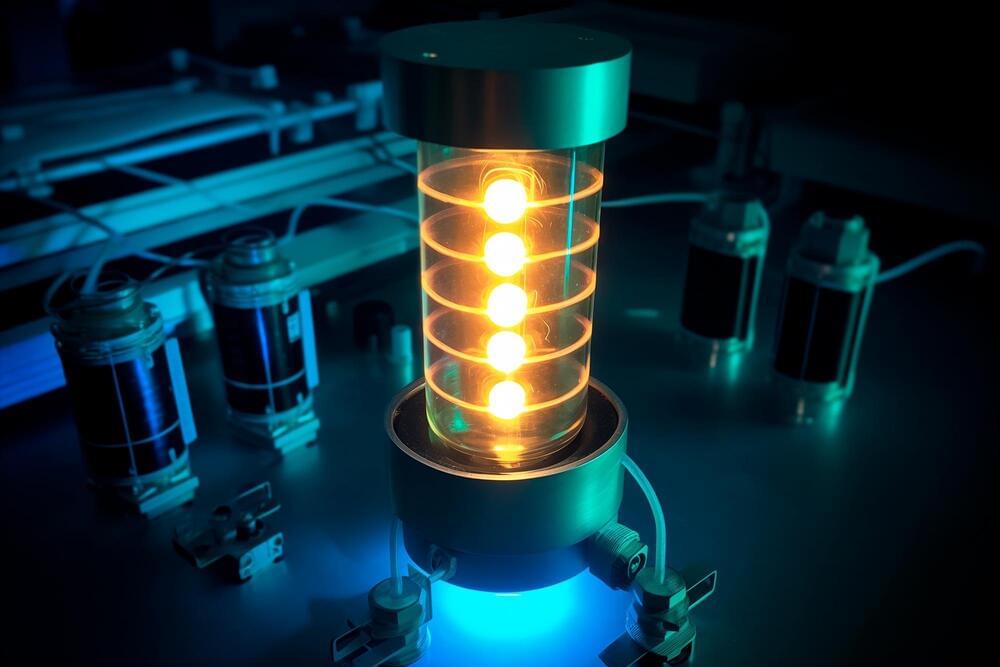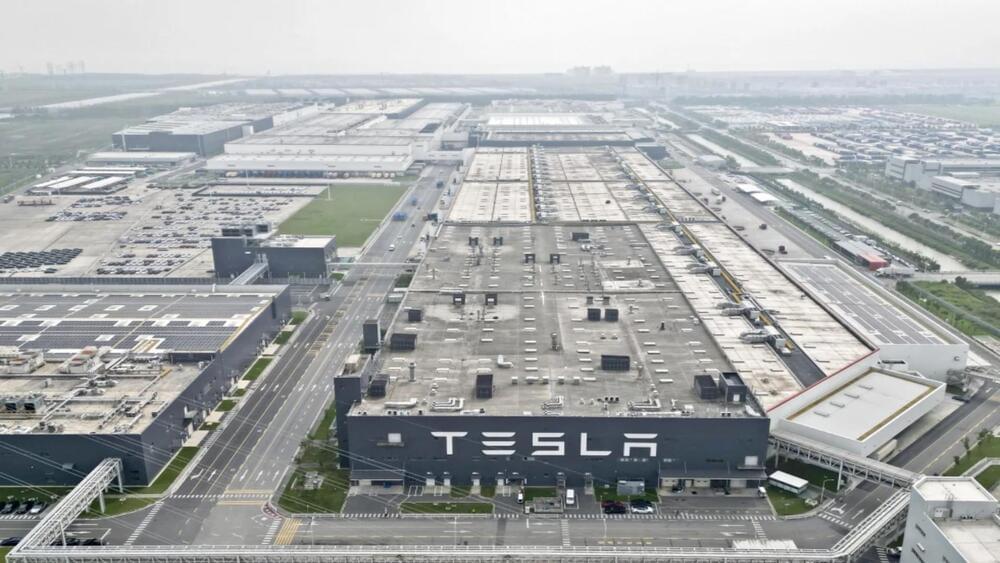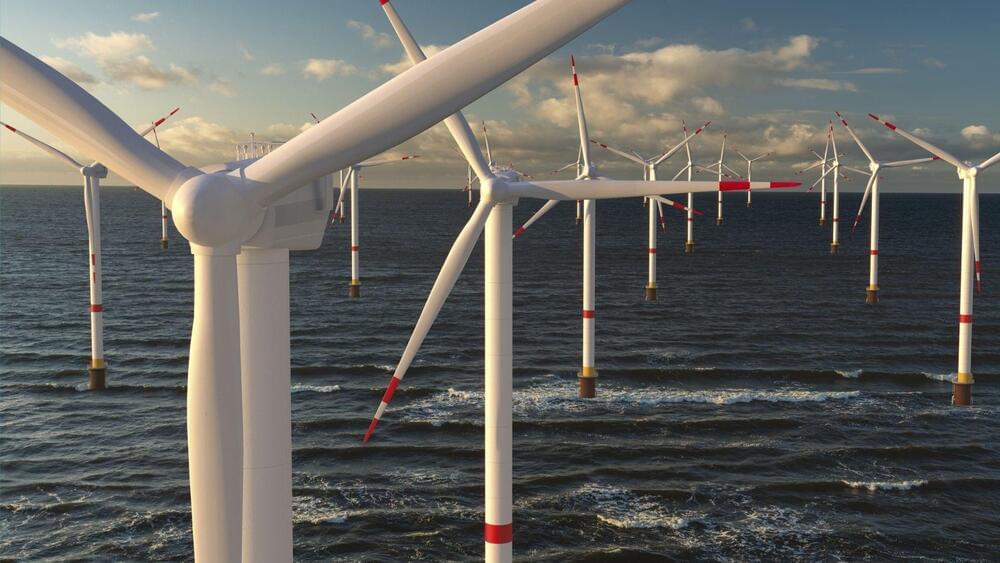The first all-electric tugboat built in the United States, Crowley’s eWolf, has started sea trials along the U.S. Gulf Coast.
The 82-foot ship assist tug, built by Coden, Ala. shipbuilder Master Boat Builders, is expected to enter service at the Port of San Diego in 2024. Video footage of the vessel on sea trials was shared by Crowley on social media.
The eWolf is designed to operate on full electric power, producing zero carbon emissions and expected 70 ton bollard pull strength. The vessel is equipped with an integrated electrical package provided by ABB, a 6.2 MWh Orca battery energy storage system from Corvus Energy and two electrically driven Schottel RudderPropellers type SRP 430 LE (2,050 kW each) featuring propeller diameters of 2.5 meters. The vessel also has two small generators on board for emergency use and to enable long distance transits at a reduced speed.

